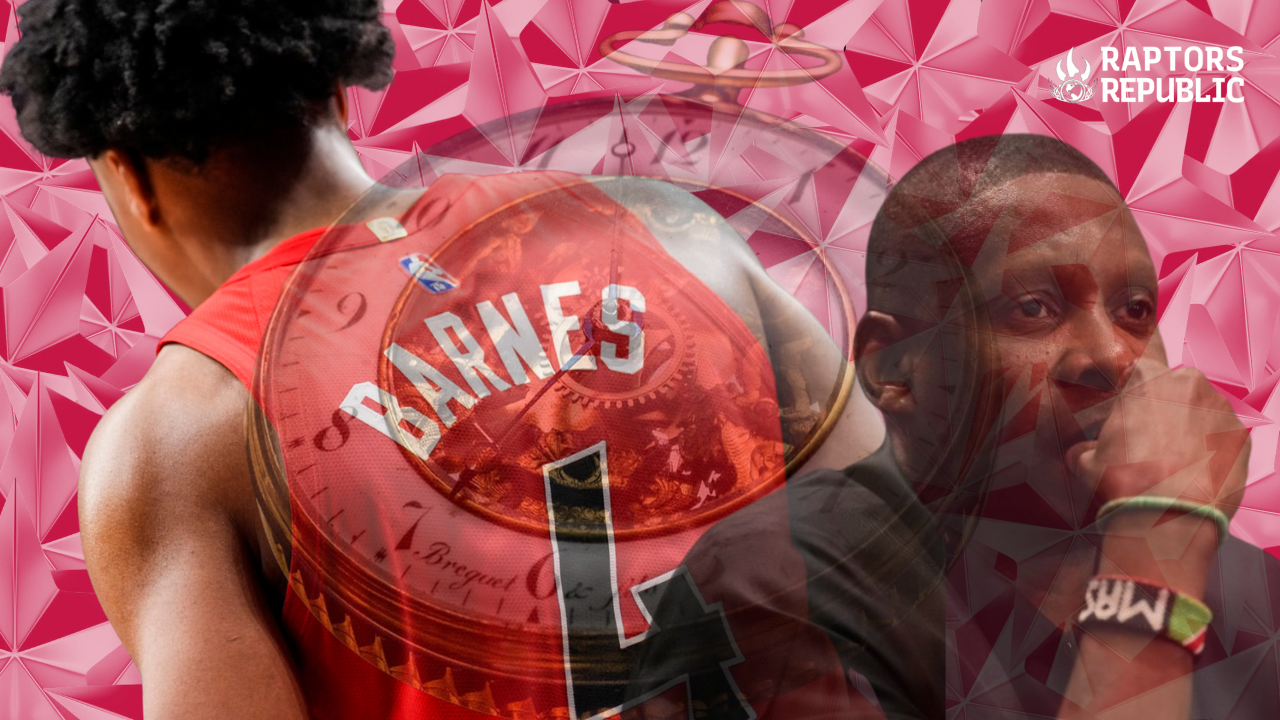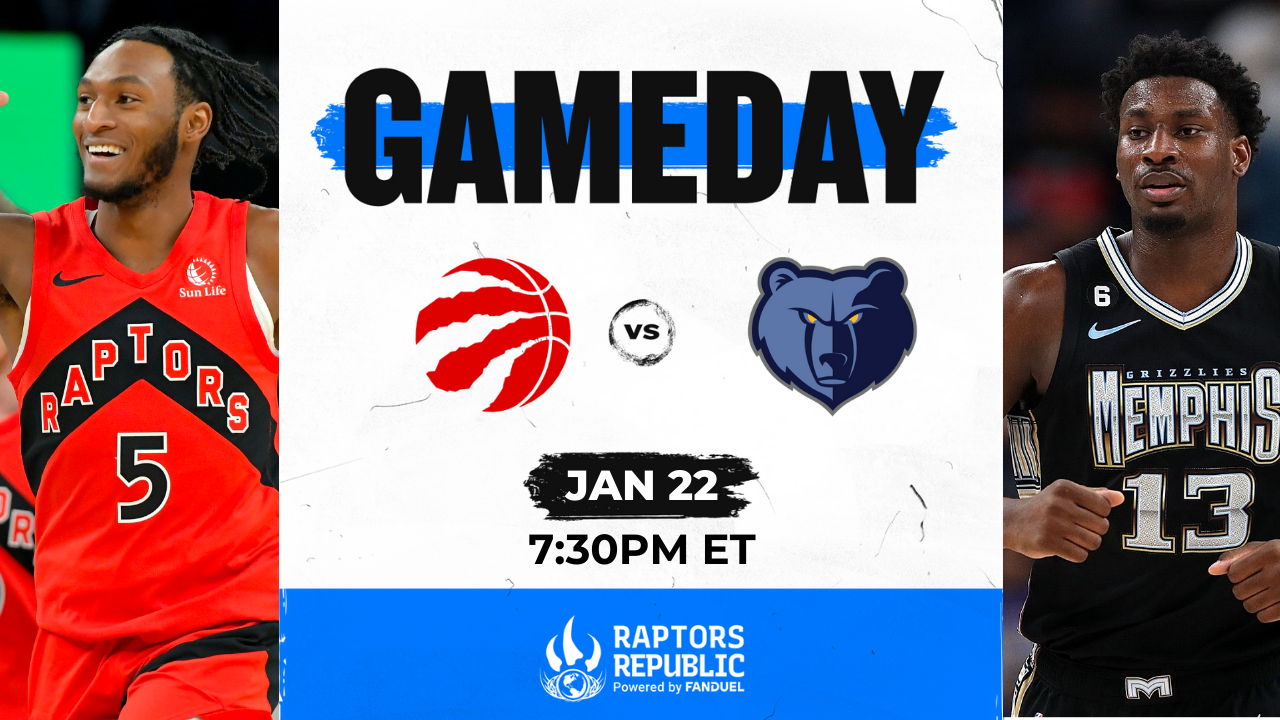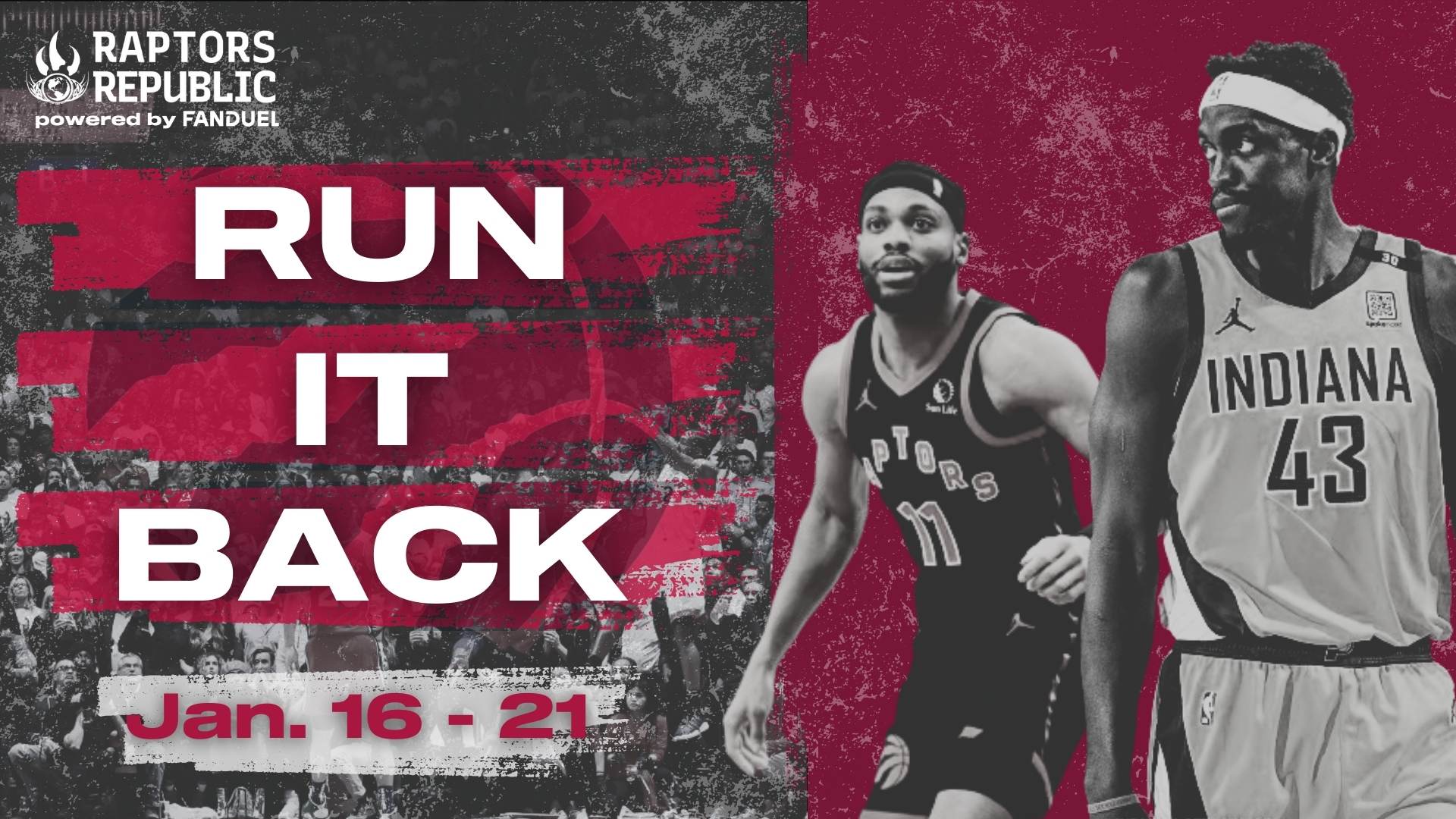Teambuilding in the NBA is a difficult, nebulous beast of a job. Not only are you dealing with multivariate things within your control, and you have to get those right, but you’re also dealing with heaps of things out of your control that you have to project – and hopefully correctly. The Raptors went from a team that underprojected, overachieved, and dominated in the margins; to a team that overprojected, underachieved, and lost in the margins. A lot of the same people making different decisions and we got different outcomes. It’s a hard job.
The Raptors faced a crossroads last season and this season, choosing differently both times. Many in the fanbase and the media have publicly exclaimed something to the effect of: “Finally! A path is chosen.” which is good. It provides clarity and intent to those who are invested. Believe it or not though, choosing the path is the easiest thing to do. Walking the path is much, much harder. Like Paul Atreides vocalizing the Golden Path’s existence before trembling at the feet of it – a path is only a path once we’ve walked it. When we look back, we see it clearly. When we look ahead we see nothing, only feeling a general sense of direction.
The Raptors general direction? The way of Scottie Barnes, and the hope that he can be an era defining player to some degree. It’s why Masai Ujiri expressed how much he loved the fit between Barnes and Immanuel Quickley. That was a 2-for-1, by the way. With Quickley, the Raptors found a player who, in a vacuum, could start providing much more than he was previously, and also within the context of the Raptors seemed like he could fit well with the existing pieces – and future stars.
It seems as though, under the framework of Vision 6’9″, the Raptors built their team into a corner. A corner where some players could only overachieve or provide surplus value in very specific contexts. When they had to pivot, they had to overpay for players who could succeed across a broader set of circumstances, and didn’t have as much value elsewhere.
When the Raptors traded for Serge Ibaka, they did so to finally legitimize a power forward position that had been in flux for some time. They were trying to maximize a Lowry-DeRozan led offense and defense with Ibaka’s unique combination of shooting and rim protection. Ibaka ended up becoming a backup center who demolished the weak frontcourt of the Warriors in the Finals, and before that he was a jumbo sized power forward helping the Raptors play big against the 76ers. Assignments changed, but impact remained. A 2-for-1, in a roundabout way. Ujiri & co. couldn’t have known that Pascal Siakam would eventually seize the power forward position, or that they’d trade Jonas Valanciunas for Marc Gasol. A late first and Terrence Ross helped the Raptors acquire a really high quality big, in part because of the teambuilding gaffes that the Orlando Magic were attempting to trade themselves out of. Pro scouting, timing, opportunity, and the intersection of all of it.
The Greivis Vasquez trade, to a Milwaukee Bucks team that wanted to legitimize their backcourt (they didn’t succeed), that returned two picks that ended up becoming OG Anunoby and Norman Powell. The Powell pick, and the hit on it, also helped the Raptors come to grips with trading away Ross in the aforementioned Ibaka trade.
Now, fully pivoted, with a host of picks this season that Ujiri doesn’t expect they’ll be in possession of post-draft, the Raptors have their flexibility. The flexibility to choose whether they try to expedite a rebuild, pursuing players who provide immediate impact and can do so in a bunch of different contexts – as it seems Quickley and Barrett will do, like Ibaka before them. Using the haul of picks that came back from the Siakam trade to build the team immediately and gear up for playoff appearances during Barnes’ max extension. Still using picks, of course, but betting on the prospect scouts less often, and moreso on the current players and the ability to add current NBA talent.
Or, do they tear this thing down to the studs? Making a major bet on the front office, and their ability to go snooping around the draft, scooping up underrated gems, or trading into the top third to select prospective stars.
Somehow, the Raptors of the past managed to do everything at once. Plucking stars out of the draft, developing them, trading from a position of strength constantly, and hanging just below the level of contender so that they could leap at the one trade that vaulted them to the top of the world. With the Raptors current core of players (Barnes, Quickley, Barrett, Poeltl) all under team control for awhile, the Raptors can choose whatever path they like. It’ll only be known which one was right when we look back at it.
Barnes can, of course, help motivate decisions by stepping into All-NBA status and leading a team to immediate success. Players of that quality ask for help from their FO’s all the time – typically in the trade market. But, the pace at which the Raptors go? That’ll be up to Masai Ujiri & Bobby Webster as they try to find their second wind as major decision makers for Toronto. It’ll be very interesting to see.
Have a blessed day.



